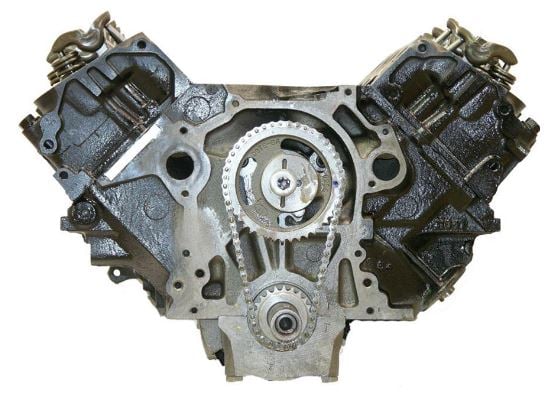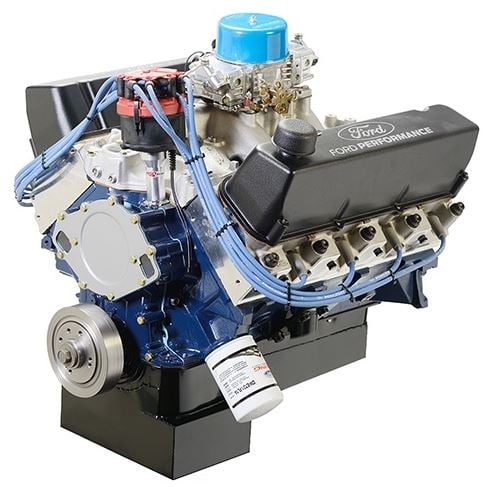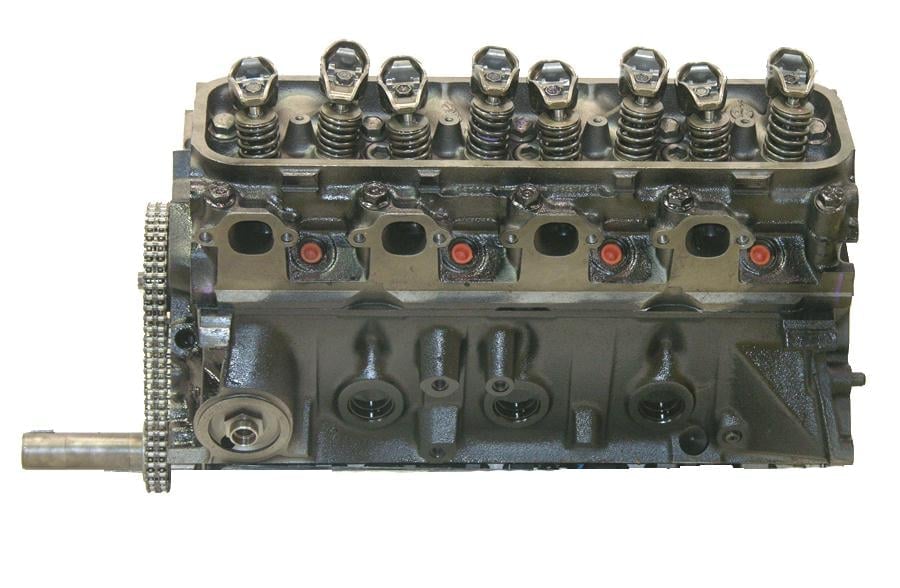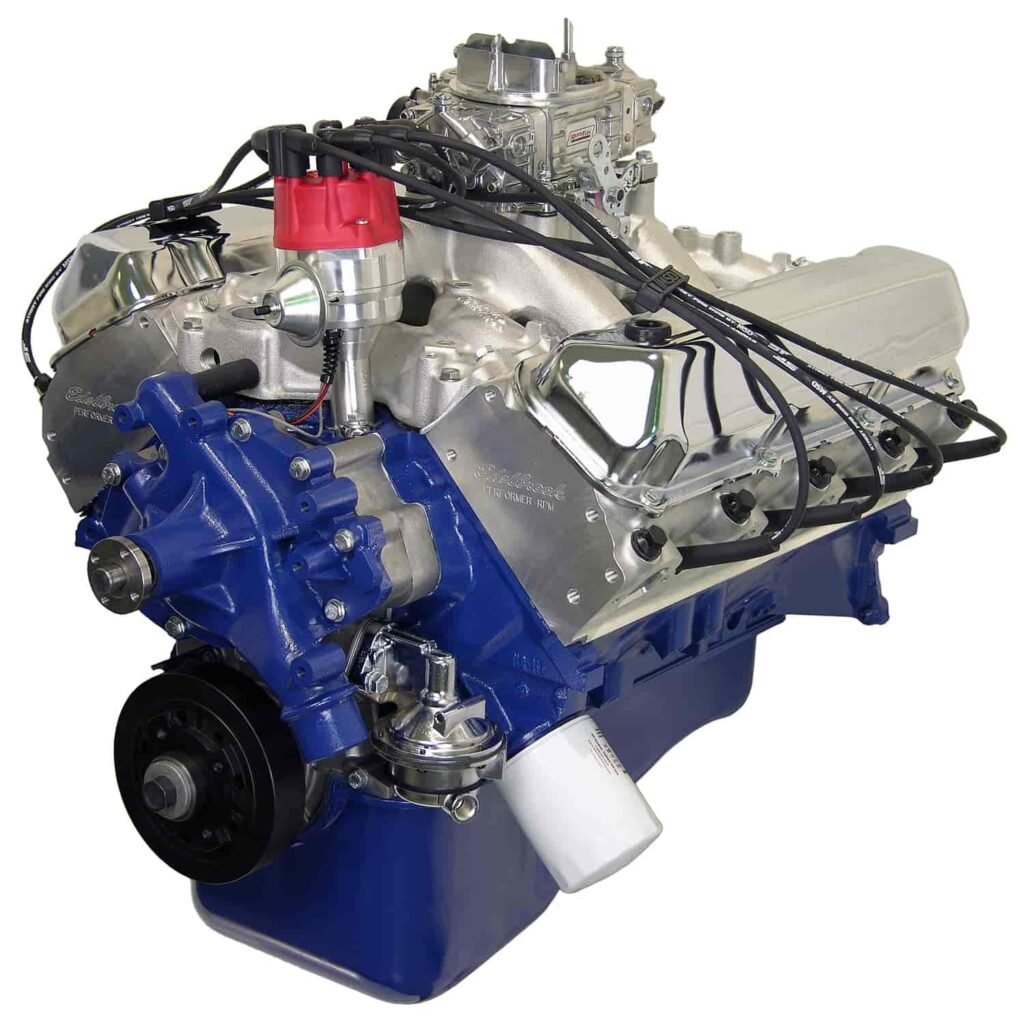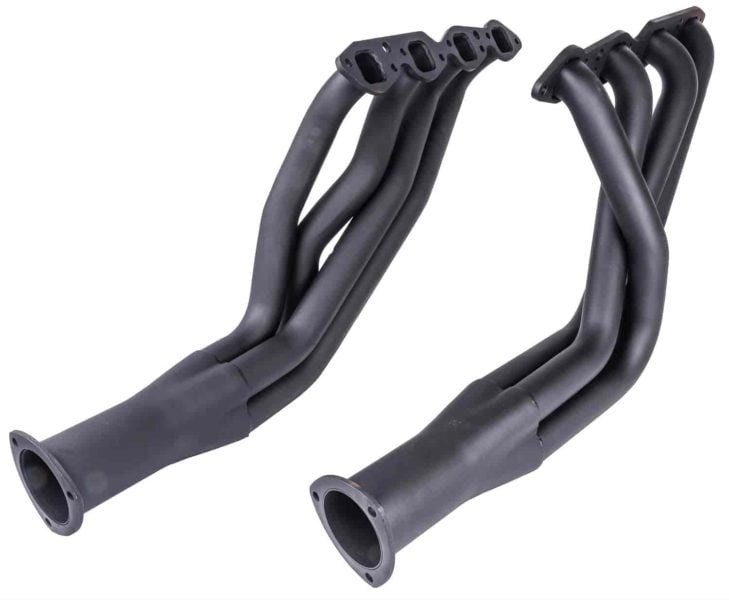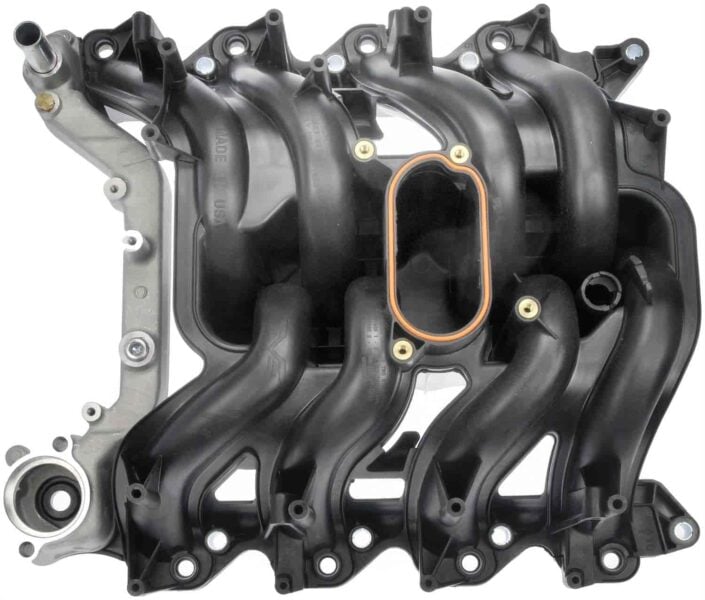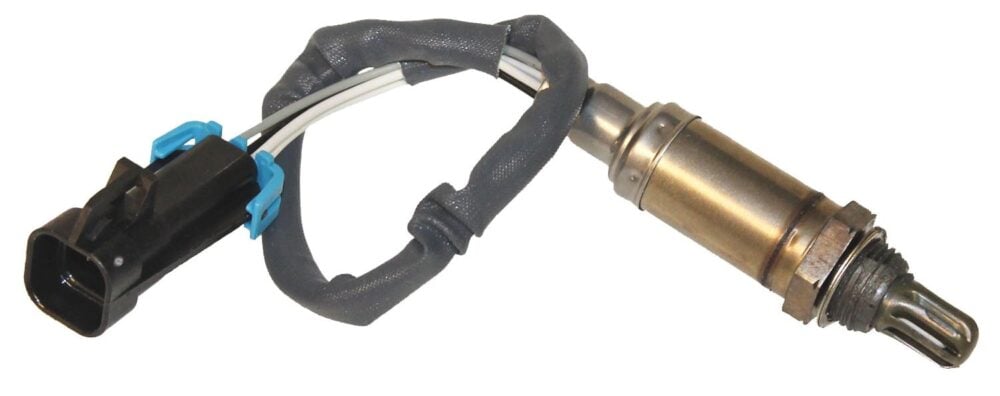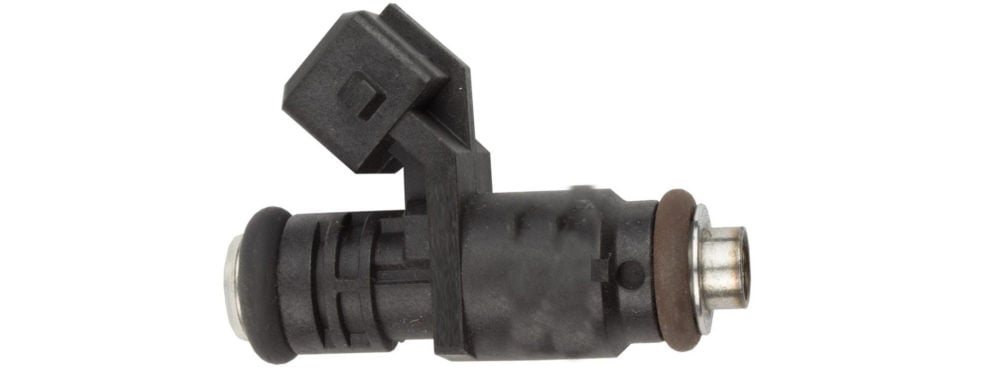Some engines have a storied history that spans generations. The Ford 460 big block is one of them. This behemoth power plant has been the heart and soul of fast cars and tough trucks in the golden age of muscle. Here’s what you need to know about it if you’re looking to make big power.
Introducing The Ford 460 Big Block Engine
The Ford 460 first came out in the 1968 Lincoln Continental and was added to Mercury vehicles in 1972, and the Ford full-size cars along with trucks starting in 1973, making 365 hp and 485 lb.-ft. of torque at the flywheel. The 460 engines were made at Ford’s Lima, Ohio factory, and share the same 4.36-inch bore size as the 429 size big block but with a different stroke (the 429 is 3.59 inches and the 460 is 3.85 inches).
The output for the 460 starting in 1972 was 212 hp and 342 lb.-ft. of torque – these are dismal numbers compared to how the 460 started, but don’t forget the change from gross engine output to net engine output that changed in 1971. Another factor was the beginning of emission controls, but the real killer was in 1972 when the 460 went from 10.5 to 1 compression to 8.5 to 1. When fuel injection replaced carburetors in 1988, the output became 245 hp and 400 lb.-ft. of torque. It remained close to these numbers until Ford stopped producing the 460 in 1998.
Performance
For budget drag racing, the 460 is a real consideration. Keep in mind that the 460 weighs in at 720 pounds whereas the 302 engine is between 440 and 460, depending on the year. If a 1988 Mustang 5.0 makes 225hp and 300 lb.-ft. of torque, is it worth swapping with the 460?
In January 2021, Motor Trend’s Truck Trend had an article called ‘Big Block Ford Engine Build: Easy 500 HP from the Ford 460’. The engine they used came out of a 1973 Lincoln Continental. They built the short block using Federal-Mogul pistons and bearings and going 0.30 inches over on the bore resulting in a 466 cubic inch engine. They ended up deciding not to port the factory cylinder heads and went with Edelbrock’s aluminum Performer RPM heads which saved 60 pounds. Edelbrock’s Performer RPM package was used which included an intake manifold and a streetable flat tappet hydraulic cam. With 9.6:1 compression, a 750-cfm Holley carburetor, and Hooker street headers.
Test one using the Performer-Plus Edelbrock cam and the result is 503 hp and 508 lb.-ft. of torque. Test two employed the longer-duration Performer RPM grind. They weren’t satisfied with 503 hp so they added a one-inch open-plenum spacer and a set of two-inch headers. Horsepower jumped to 514 and torque improved to 565 lb.-ft. at 4,400 rpm.
For a budget performance build, the 1969 cylinder heads are the most sought-after (C9VE or DOVE castings). These heads provide the best factory flow and several sources agree that the 460 heads' exhaust ports considerably restrict flow.
Alternatives
What makes a 460? It’s cubic inches of displacement – it’s not how big the lump of metal or casting is. Ford Performance has taken its Boss Block to the max with the biggest small-block Windsor crate engine ever – the Z460. With 575 horsepower and 575 lb.-ft. of torque, Z460 packs a punch that works well on the street and the track. The foundation of Z460 is the Ford Performance Boss block with high port/high flow Z-Heads. Components from the best aftermarket companies are used throughout the engine, like a forged steel crankshaft, forged H-beam connecting rods, forged Mahle pistons, and Clevite bearings.
More Performance
If big cubic inches are your plan, there are several stroker crank options. You can offset-grind the stock 2.500-inch rod journals down to 2.200 big-block Chevy pin size. Or use any one of several Scat cast stroker cranks. At 0.030-over, the 4.150-inch stroke makes 502 ci, the 4.300-inch stroke gets 521 inches, while the big 4.500-inch stroker takes it up to 545 cubes.
Even on a budget, you can check out a junkyard 460 build on YouTube for under $2,000 that ended up with 378 hp and 493 lb.-ft. of torque.
You can go back to the fact that torque is king at the dragstrip, even though you hear mostly about horsepower.
Parts availability? You can buy factory and aftermarket parts everywhere. Your local parts store will have most of the factory parts and online there’s an overwhelming amount of factory and aftermarket parts available and this is 25 years after Ford quit making the 460.
For $10k, you can pick up a big block Ford 502 with 515 hp and 585 lb.-ft. of torque. This is a crate motor you can order online here at JEGS.
The 460 is being put in the Bronco, the Fox body Mustang, and many of the F-150’s as well as older trucks. There is a lot of information online about these swaps, and there are sites dedicated just for swapping the 460 into the Bronco with all of the details. It’s probably best to avoid saying there are bolt-in swaps – there are simply different levels of difficulty and there is plenty of information online that you would be wise to check out before attempting a swap.
On August 8, 2016, Engine Builder Magazine built a 460 stroker engine. This kit consisted of a 4.500” stroke forged crankshaft, forged pistons with a 35 cc dish, SFI approved damper, and 6.700 H-beam connecting rods. Because of the oiling issue with the factory blocks, they decided to go with an aftermarket block bored 0.30 over making the bore 4.390 inches and giving the motor a displacement of 545 cubic inches. Even the best of the factory heads have problems with exhaust flow so Engine Builder went with aftermarket heads using 72cc combustion chambers and the compression ended up at 10.6:1.
Engine Compression Ratio Calculator
Things to remember
Because of its torque, the 460 is a great motor for medium trucks and RVs. It’s also can be swapped into many Ford vehicles without too much difficulty. It’ torque and horsepower are easily raised and there is no shortage of aftermarket parts. The drawbacks are the oiling, the exhaust flow on the heads, and the weight of the 460 cast iron block and cylinder heads.
If it’s the engine you’ve decided to go with, JEGS has the parts you need to restore it, refresh it, or build it bigger and better than ever.
